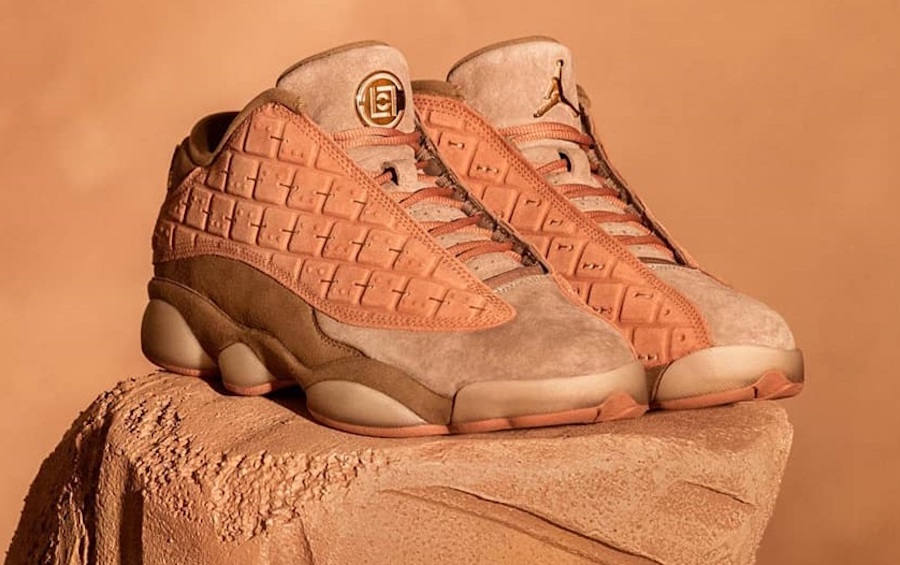

In the article, the author discusses traditional Chinese clothing evolution from the ancient period to the modern. While the garments’ formal appearance reflects certain social ideals and cultural identity, the drift of garment style inevitably forms and influences the aesthetic of the specific period. With historical and social movement stimulating this drift, modern clothing detached from the traditional form and techniques from ancient dynasties. Most apparently influenced by Western culture, formal robes and dresses were simplified to jackets and pants. However, with the Hanfu Movement, people started to seek reconnection with ancient culture using the garment as a medium.
This attempt to bridge the present with the past is intriguing to me that while there’s a chance to revisit the past, it is still possible to celebrate the culture and history by letting it coexist with the modern. Over the recent years, an increasing number of Chinese designers such as Edison Chen strives to elevate the traditional Chinese clothing features using contemporary silhouettes and aesthetics. These designers emerged to bridge ancient and modern aesthetic, history and presence, and forgotten culture and habitual garments by endowing classic garment design new chances to be appreciated and recognized.
With the appreciation of traditional values penetrating our modern lives, there could be a stronger bond between nation and cultural identity. And there could be a chance where standard garment form keeps inspiring modern aesthetics under a coexisting scenario.
Wu, Juanjuan, and John E. Vollmer. “Overview: Han Chinese.” Berg Encyclopedia of World Dress and Fashion: East Asia. Ed. John E. Vollmer. Oxford: Berg Publishers, 2010. 109–120. Bloomsbury Fashion Central. Web. 06 Feb. 2021. <http://dx.doi.org.cmu.idm.oclc.org/10.2752/BEWDF/EDch6019a>.
I find this article very interesting. The paper I chose had a similar idea, examine the changes from hanfu to qipao. I believe it is a good thing that we are finding ways to reconcile the past and the present, as it is important to keep these cultural traditions while still keeping in line with modern fashion and trends. I am worried about how long this coexistence can last because while there are people who accept these traditions, there will be people who think that the past garments are not modern enough. Over time, there may no longer be people who believe in embracing the past or the coexistence of the past with the present. Another worry I have is that a lot of these ancient techniques and traditions are passed on and made easier to produce year after year, but are no longer the same as the ones of the past. The modernization here may be in terms of the production and when the production method changes, the essence of what keeps this ancient tradition alive is lost.
Sean and Sophia, this article is a great illustration of that tension between the traditional and the contemporary that often shows up in fashion. I think each place and group of people have their own particular stories that are very different from one another. This idea of modernization vs. tradition makes me think of the Cultural Revolution in China in the 1950s. My understanding is the revolution included a rejection of many traditional kinds of knowledge, practices, rituals, garments, etc. I think your point about tradition being connected to nationalism and identity is very observant, Sean. I can think of a recent dangerous examples of this: the U.S. in the last 5 years has seen a huge rise in very explicit white nationalism and violence, all under the name of traditional values. I think your article brings up topics that extremely interesting and very relevant to U.S. and global contemporary politics.